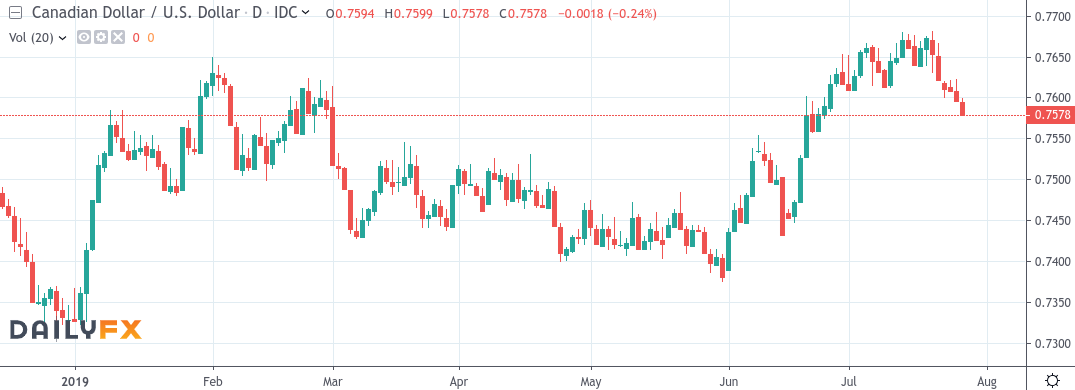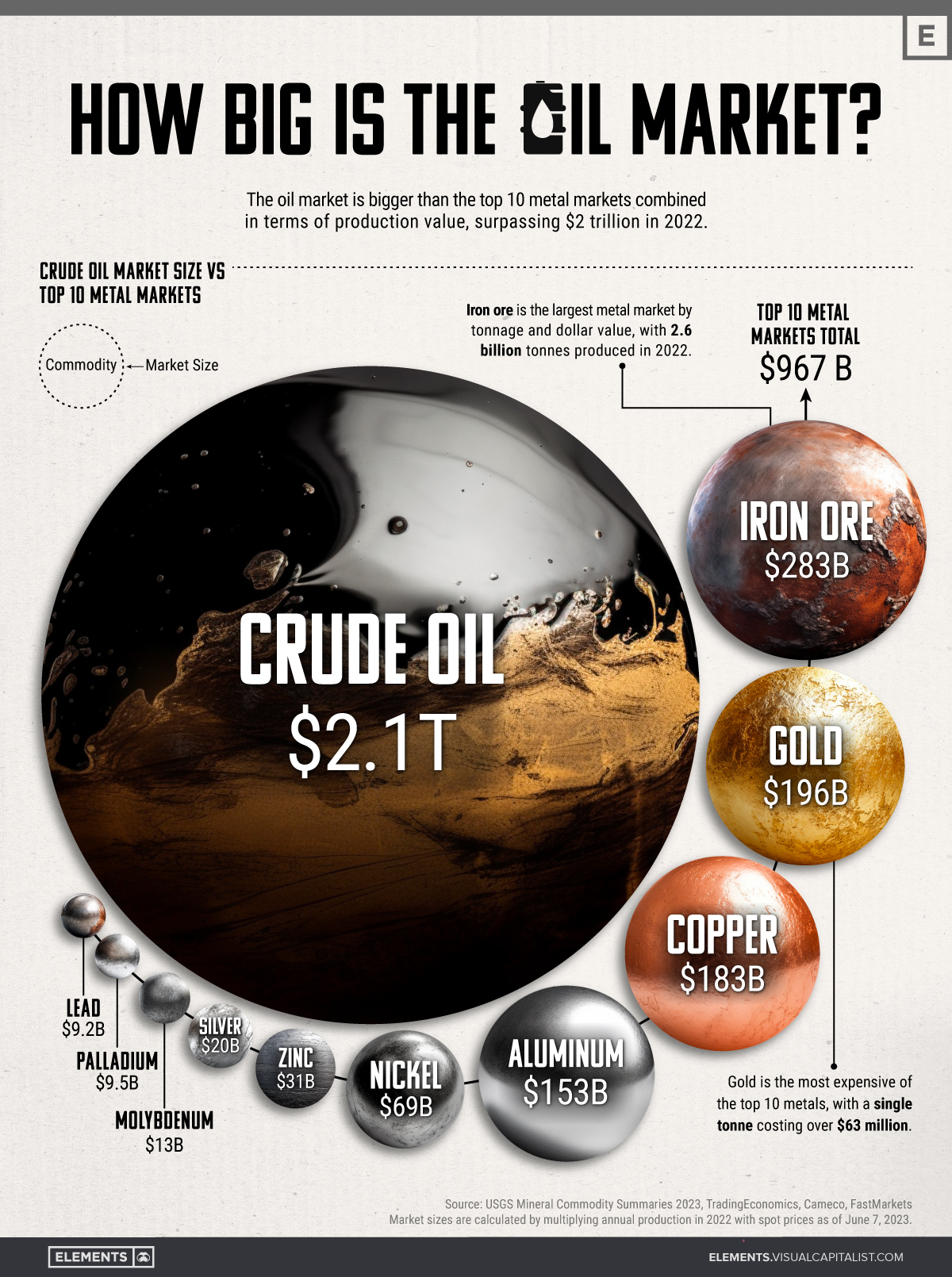The Undervalued Asset: Why Middle Management Matters

Table of Contents
The Bridge Between Strategy and Execution
Middle managers are the linchpin connecting high-level strategic goals with on-the-ground execution. They are responsible for translating complex directives into actionable plans, ensuring that the company's vision is not only understood but effectively implemented across all departments. This crucial role significantly impacts organizational success.
Translating Vision into Action
Middle managers act as interpreters of the company's overall strategic vision. They break down complex objectives into smaller, manageable tasks for their teams, ensuring everyone understands their role in achieving the larger goals.
- Develops and communicates clear departmental goals aligned with overall company strategy. This requires strong communication skills and the ability to clearly articulate expectations.
- Allocates resources effectively to meet targets. This includes budget allocation, personnel deployment, and prioritizing tasks to maximize efficiency.
- Monitors progress and adjusts plans as needed. This requires consistent monitoring, data analysis, and the ability to adapt strategies based on real-time performance.
- Provides regular updates to senior management on progress and challenges. This keeps leadership informed and allows for proactive problem-solving.
Effective Communication and Information Flow
Effective middle management facilitates seamless information flow, acting as a vital communication channel between senior leadership and frontline employees. This bidirectional communication ensures transparency, alignment, and a shared understanding of company objectives.
- Communicates company updates and strategic decisions to their teams clearly. This ensures everyone is on the same page and understands the "why" behind decisions.
- Collects feedback from employees and relays it to senior management. This provides valuable insight and helps to improve decision-making processes.
- Identifies and addresses potential communication gaps. This proactive approach prevents misunderstandings and ensures consistent messaging.
- Uses various communication methods to reach team members effectively. This might include team meetings, email updates, one-on-one conversations, or project management software.
Driving Employee Engagement and Performance
Beyond strategic implementation, middle managers play a pivotal role in fostering a high-performing and engaged workforce. Their leadership directly impacts employee morale, productivity, and retention.
Mentorship and Development
Effective middle managers are not just supervisors; they are mentors and developers of talent. They invest in their team members' growth, providing guidance, support, and opportunities for professional advancement.
- Provides regular performance feedback and coaching. Constructive feedback is crucial for employee improvement and development.
- Identifies and addresses employee training needs. This ensures employees have the skills and knowledge to excel in their roles.
- Creates a supportive and encouraging work environment. A positive work environment boosts morale and increases productivity.
- Delegates effectively and empowers team members. Empowerment fosters ownership and increases job satisfaction.
Fostering Team Cohesion and Collaboration
Strong middle managers build cohesive and collaborative teams. They address conflicts constructively, recognize achievements, and cultivate a positive team dynamic, leading to increased productivity and employee satisfaction.
- Facilitates teamwork and collaboration among team members. This might include team-building activities, establishing clear communication channels, and fostering a sense of shared purpose.
- Addresses team conflicts effectively. Conflict resolution skills are crucial for maintaining a positive and productive work environment.
- Recognizes and rewards individual and team accomplishments. Recognition boosts morale and reinforces positive behavior.
- Creates a positive and inclusive work environment. This ensures all team members feel valued and respected.
The Impact of Effective Middle Management on Organizational Success
The impact of strong middle management is far-reaching, affecting nearly every aspect of organizational success. Investing in these individuals leads to significant returns in terms of productivity, efficiency, and employee retention.
Improved Productivity and Efficiency
Effective middle managers directly improve team productivity and overall organizational efficiency. Well-managed teams are more likely to meet objectives on time and within budget.
- Reduces errors and rework through clear processes and training. Streamlined processes minimize wasted time and resources.
- Optimizes workflow and resource allocation. Efficient resource allocation maximizes productivity.
- Improves team performance metrics. Improved metrics demonstrate the positive impact of effective leadership.
- Contributes to overall cost savings. Increased efficiency translates directly to cost savings.
Enhanced Employee Retention
When middle managers provide effective support and mentorship, employees are more engaged, satisfied, and less likely to leave the organization. This reduces costly employee turnover.
- Creates a positive and supportive work environment. A positive work environment is a key driver of employee retention.
- Provides opportunities for professional development and growth. Opportunities for growth keep employees engaged and motivated.
- Recognizes and rewards employee contributions. Recognition is a powerful tool for boosting morale and retention.
- Addresses employee concerns and issues promptly. Addressing concerns shows employees that they are valued and heard.
Conclusion
Investing in your middle management is not an expense, but a strategic investment in your organization's future success. By recognizing the vital role that middle managers play in bridging the gap between strategy and execution, fostering employee engagement, and driving overall productivity, you can unlock significant potential within your company. Don't undervalue this critical asset; empower your middle management and watch your organization thrive. Start today by evaluating your current middle management support structures and consider implementing strategies to improve their effectiveness and empower them to lead their teams to success. The return on investment in strong middle management will be substantial.

Featured Posts
-
 Understanding The Recent Fluctuations In The Canadian Dollar
Apr 24, 2025
Understanding The Recent Fluctuations In The Canadian Dollar
Apr 24, 2025 -
 Gambling On Calamity Analyzing The Los Angeles Wildfires Betting Trend
Apr 24, 2025
Gambling On Calamity Analyzing The Los Angeles Wildfires Betting Trend
Apr 24, 2025 -
 Canadian Conservatives Outline Plan For Tax Cuts And Fiscal Responsibility
Apr 24, 2025
Canadian Conservatives Outline Plan For Tax Cuts And Fiscal Responsibility
Apr 24, 2025 -
 Daily Oil Market Report April 23rd Price And News Summary
Apr 24, 2025
Daily Oil Market Report April 23rd Price And News Summary
Apr 24, 2025 -
 Is The Liberal Platform Right For You A Detailed Review
Apr 24, 2025
Is The Liberal Platform Right For You A Detailed Review
Apr 24, 2025
